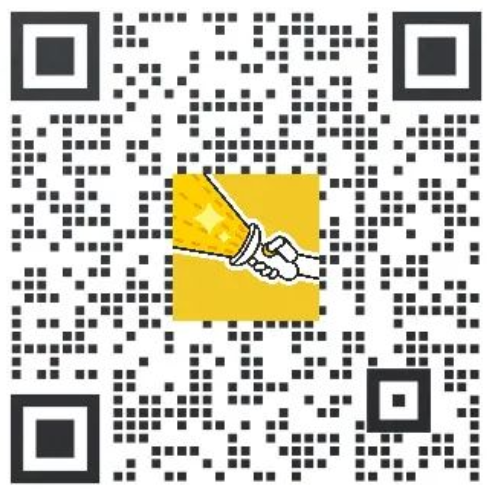To enhance access to urban wireless networks, an international consortium founded by Intel, Facebook, Nokia, and others has come up with the idea of deploying Wi-Fi through streetlights. However, finding the best location for an access point is not an easy task. Now, a new algorithm can help telcos choose the best locations to install infrastructure .

street light | PxHere
The International Telecommunications Infrastructure Project envisages installing access points on light poles to provide public Wi-Fi over the 60GHz band, which ranges from 57 to 73GHz. This frequency band is license-free, and the IEEE 802.11ay standard for 60GHz Wi-Fi, released in 2021, supports bandwidths up to 8.64GHz.
A non-negligible issue is that oxygen absorption increases signal attenuation, limiting 60-GHz signal coverage. Fortunately, wireless links can work even in dense urban areas, even if they are less than 100 meters away. Then, how to avoid the signal from being affected by obstacles as much as possible is the key to setting up access points in cities.
In a new study, researchers at the National Institute of Standards and Technology (NIST) developed a model for tracking 60 GHz signals. It uses a new algorithm to analyze the transmission path beyond usual parameters such as signal angle and delay to encompass the location of the receiver.
The scientists tested their model in downtown Boulder with a fixed transmitter on a light pole and a mobile receiver on the roof of a van. They measured signals at antenna heights of 4, 6, and 9 meters, reflecting the variation in pole heights in different cities and regions. The findings were published in IEEE Antennas and Wireless Propagation Letters .

Web page screenshot丨References [2]
The researchers found that their model predicted real-world measurements well with accuracy comparable to more sophisticated methods. In short, the optimal height for a Wi-Fi signal depends on the transmission frequency and antenna design. It turns out that mounting the device at a height of about 4 meters is suitable for traditional wireless systems with omnidirectional antennas, while higher locations above 6 or 9 meters are suitable for 5G etc. using higher millimeter-wave frequencies and narrower The new system of beam antennas (narrow-beam) is friendlier.

The NIST team is validating their channel models to evaluate high-frequency wireless network designs in Boulder, Colorado. Researcher Sung Yun Jun checks the alignment of a transmitter mounted on a 6-meter-tall mast with a receiver antenna array on the roof丨NIST
“At lower altitudes, there are random obstacles such as trees, vehicles, etc. that block signal propagation. Therefore, the range of power propagation is smaller,” says Jelena Senic, an electrical engineer at NIST. “At higher altitudes, the signal is less hindered. – It can bounce off the building multiple times before losing energy, so the power can spread more widely.”
The researchers also conducted these tests on the NIST campus, showing that the model can simulate conditions in different environments, such as residential areas. This means that communication operators can deploy next-generation 5G and 6G systems at low cost, “because lamp posts are everywhere in urban environments,” Senic said. At the same time, customers can expect a variety of new applications, such as ultra-high-definition video streaming and virtual reality, which feature multi-gigabit-per-second data rates and low latency. “Furthermore, 60 GHz provides an ultra-wide bandwidth of 14 GHz in the unlicensed band,” she added.
Jenic says it’s too early to expect Wi-Fi access via lampposts everywhere. The first target of this service may be downtown. “Because of the high population density there, wireless demand is high.”
references
[1] https://ift.tt/Ksnte30
[2] SY Jun et al., “Quasi-Deterministic Channel Propagation Model for 60 GHz Urban Wi-Fi Access From Light Poles,” in IEEE Antennas and Wireless Propagation Letters, vol. 21, no. 8, pp. 1517-1521 , Aug. 2022, doi: 10.1109/LAWP.2022.3171503.
Compilation: Cod
Editor: Jin Xiaoming
Typesetting: Yin Ningliu
Title image source: PxHere
research team
First author Sung Yun Jun: RF Technology Divisions National Institute of Standards and Technology (RF Technology Divisions)
Paper information
Published the journal ” IEEE Antennas and Wireless Propagation Letters “
Posted on April 29, 2022
Paper title Quasi-Deterministic Channel Propagation Model for 60 GHz Urban Wi-Fi Access From Light Poles
(DOI: https://ift.tt/TZGhEUs)
Article Field5G Mobile Communication, Millimeter Wave Antenna, Millimeter Wave Propagation, Millimeter Wave Communication
The Future Light Cone Accelerator is an early-stage technology entrepreneurship accelerator initiated by Nutshell Technology. It provides scientists with solutions at different stages ranging from company registration, intellectual property rights, to financing needs, and team formation. Accelerate the transformation of scientific and technological achievements from the laboratory to the market, and accelerate the iteration of some scientists to become CEOs.
The Nutshell team has 12 years of experience in serving scientists. We always make suggestions from the perspective of scientists and be good friends of science and technology creators. If you are planning to start a technology business, whether you are looking for money, people, resources, or orders, you are welcome to chat with the Future Light Cone team. You can send bp or other project information to [email protected] , and leave your contact information, or add the Wechat of Guoke Hard Technology Enterprise to communicate by private message.

✦
✦
Click to read the original text to view the original paper
This article is reproduced from: http://www.guokr.com/article/462744/
This site is for inclusion only, and the copyright belongs to the original author.